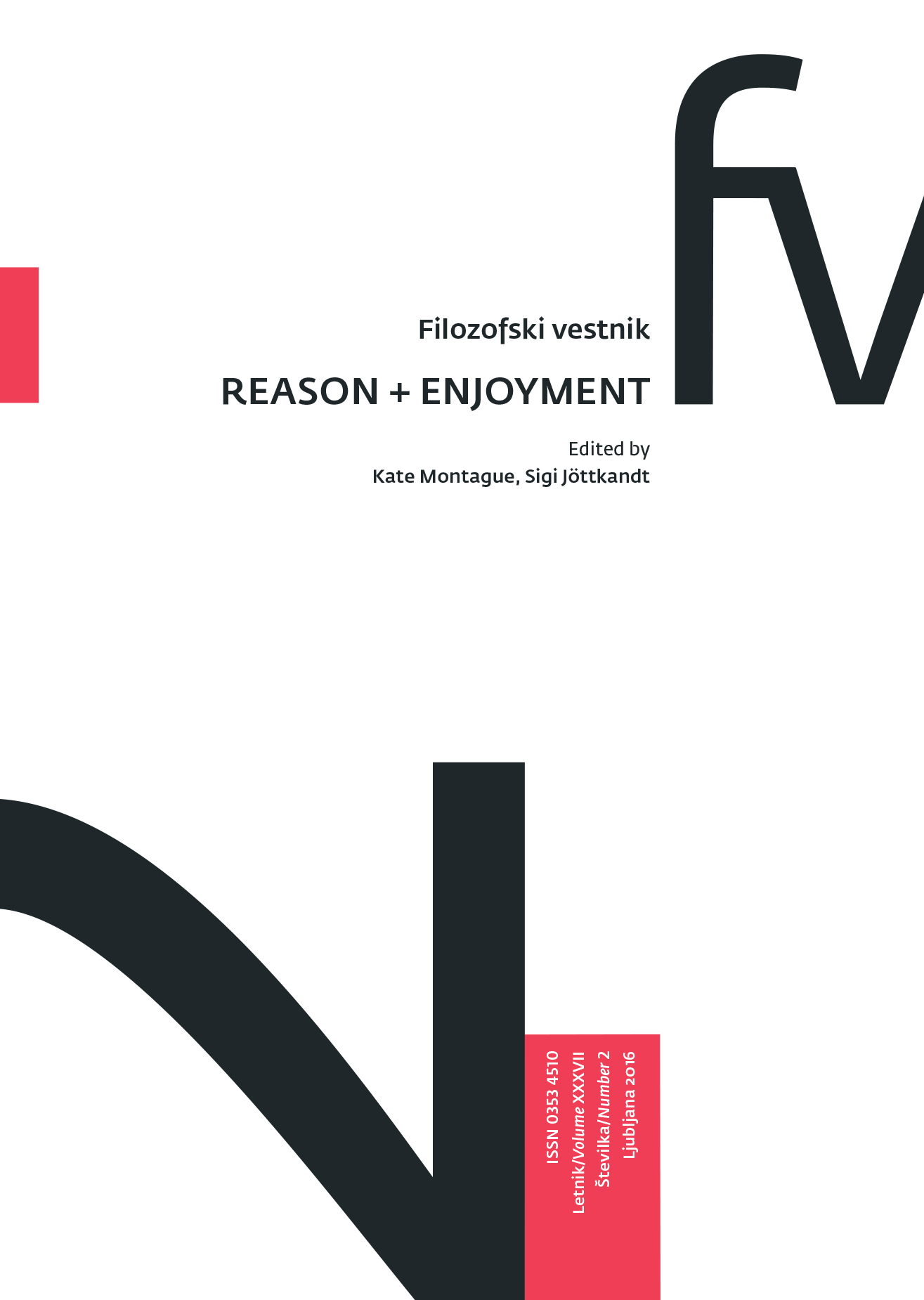Digitalne parabole
Ključne besede:
Anthony Wilden, Douglas R. Hofstadter, sistem, melanholija, zenonovski koani, razumevanjePovzetek
Eden izmed mejnikov sodobne kulture, prisotnih že od leta 2005 naprej, čeprav še zdaleč ne v današnjem obsegu in globini, je bila vseobsegajoča vključenost v digitalnih tehnologij in odvisnost od njih. Nikakor nismo mogli pričakovati, da bodo kibernetične naprave in ontologija v tako veliki meri ne zgolj prevzele komunikacije in sinteze, arhiviranja, oblikovanja ter priklice informacij, temveč tudi prevladale nad družbenoekonomskimi razmerji in interakcijami, spoznanjem in celo psihično-motoričnimi zmožnostmi. Iz perspektive leta 2015 lahko za nazaj vidimo, da »geeki«, ki so že v 70ih in 80ih letih prejšnjega stoletja zaznali razvoj in metafiziko kibernetičnega univerzuma, skupaj z akademsko sfero niso bili tako oddaljeni od tistih divjih in vselej subverzivnih kritičnih teoretikov, kot smo mislili. Tako je npr. Anthony Wilden, čigar delo System and Structure iz leta 1972 je začrtalo merila interakcije med analogno in digitalno organizacijo, isti kritik katerega prevod Language of the Self, je širšemu angleško govorečemu občinstvu predstavilo misel Jacquesa Lacana. Douglas R. Hofstadter je pri oblikovanju računalniškega znanstvenega učbenika, namenjenega širši javnosti (Gödel, Escher Bach, 1979), ustvaril tako literarno igrivo kot znanstveno metodično delo. Njegova opredelitev dosežkov, predvsem Kurta Gödela, ki je operacionaliziral kompleksne nize števil (kot v računalniških programih), nam prikažejo presenetljive vzporednice s »preskokovanjem« teoretičnih nivni, ki ga je omogočila prvotna, zelo vplivna dekonstrukcija (pa naj gre za prezenco, lastnost ali bit) Jacquesa Derridaja. Univerza se je leta 2015 pod vplivom lastne sistematične digitalizacije zapletla v seizmično tranformacijo brez konca. Desetletje pozneje nam je tako na voljo veliko univerzitetnih operativnih osnov iz leta 2005. »Digitalno nezavedno«, ki se utrjuje in širi ob neizmerno pospešeni hitrosti, predstavlja za kulturne kritike hkrati zastrašujoč izziv in kreativno priložnost. Vendar pa niti vzvišena distanca od omenjenih fenomenov in njihovih epifenomenov niti nekritično zagovarjanje tehnologije nista povsem ustrezna. Pričujoči prispevek razgrne več nepozabnih parabol, s pomočjo katerih so avatarji digitalne dobe javnost pripravili tako na kreativne tehnološke skoke kot tudi na njim vgrajene double-binds.Prenosi
Podatki o prenosih še niso na voljo.
Prenosi
Objavljeno
2017-01-18
Kako citirati
Sussman, H. (2017). Digitalne parabole. Filozofski Vestnik, 37(2). Pridobljeno od https://ojs.zrc-sazu.si/filozofski-vestnik/article/view/4869
Številka
Rubrike
Um + užitek
Licenca
Avtorji jamčijo, da je delo njihova avtorska stvaritev, da v njem niso kršene avtorske pravice tretjih oseb ali kake druge pravice. V primeru zahtevkov tretjih oseb se avtorji zavezujejo, da bodo varovali interese založnika ter da bodo povrnili morebitno škodo.
Podrobneje v rubriki: Prispevki





